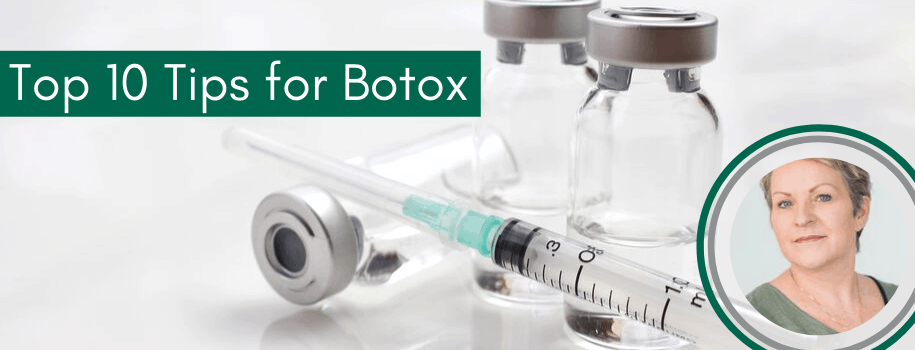If you’re a nurse looking for the right Botox Courses for Nurses, why not complete your training with one of the UK’s longest-established course providers in medical aesthetics? Our Botox and Dermal Filler courses support you to develop your confidence and skills in an exciting, thriving industry.
Who Can Train?
Registered nurses and midwives are taking the leap and moving into medical aesthetics. Half of those who attend our Botox and Dermal Filler training programmes are nurses, and this is often due to the number of transferable skills you have to offer.
Non-prescribing nurses can also train in Botox, but you’ll require a doctor, dentist or nurse prescriber to provide your patient with a face to face consultation before you can administer anything. Therefore, you may like to eventually consider completing a Non-Medical prescribing (V300) course after gaining some experience in medical aesthetics. Alternatively, you could also train in other non-prescription treatments, such as Dermal Fillers, chemical peels or PRP.
The Benefits of Training in Aesthetics & Botox for Nurses
As a growing industry, medical aesthetics provides registered nurses and midwives with an opportunity to not only improve their earning potential but gain a better work-life balance. The red tape of working in the NHS often leads to reduced patient contact time and a lack of flexible hours. Medical aesthetics is a rewarding field to work in because it gives nurses greater control over the way they work and the standards of care they can provide.
Where to Start – What Botox Courses for Nurses We Offer
When considering the right Botox course for nurses, we recommend starting with either of the following two training programmes:
Foundation Botox and Dermal Filler Training
One of the most popular courses for nurses to start with is our Foundation Botox and Dermal Filler Training. This is our entry-level course which provides the basic knowledge you’ll need to practice in these treatments. Once more experienced, we have over 20 other training courses to help you move into more advanced areas.
Level 7 Certificate in Injectables for Aesthetic Medicine
You may also like to consider our Level 7 Certificate in Injectables, of which the foundation course forms the first part. It’s an Ofqual-accredited qualification covering 277 hours of learning time for more comprehensive training in Botox and Dermal Fillers.
Why Choose Cosmetic Courses?
- As the current largest and longest-serving Botox course provider in the UK, we offer some of the highest-quality training you’ll find.
- Many of our hand-picked team of expert trainers are nurses themselves, so will tailor the training around your experience and needs.
- We offer a variety of training opportunities, including practical, hands-on experience with live models in a clinical environment.
- All of our courses are CPD certified, allowing you to easily gain the right insurance to practice.
- Enjoy continued support and mentorship after you’ve completed any of our courses, including ongoing business and clinical advice.
- Online academy available to access anytime, anywhere.
Book Your Botox Course for Nurses Now
If you’re interested in our Botox Courses for Nurses, call now on 01844 390110 to find out more.









